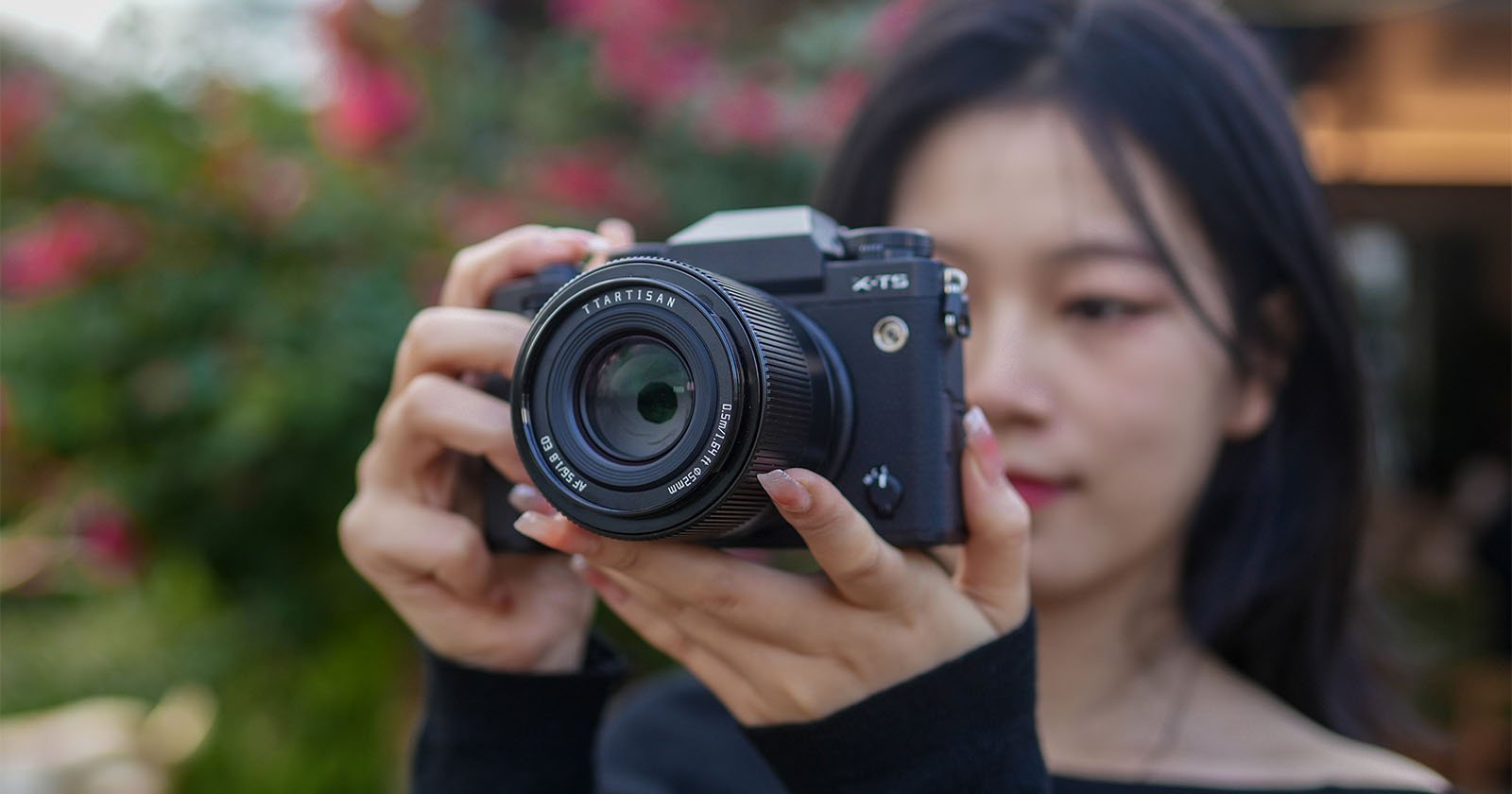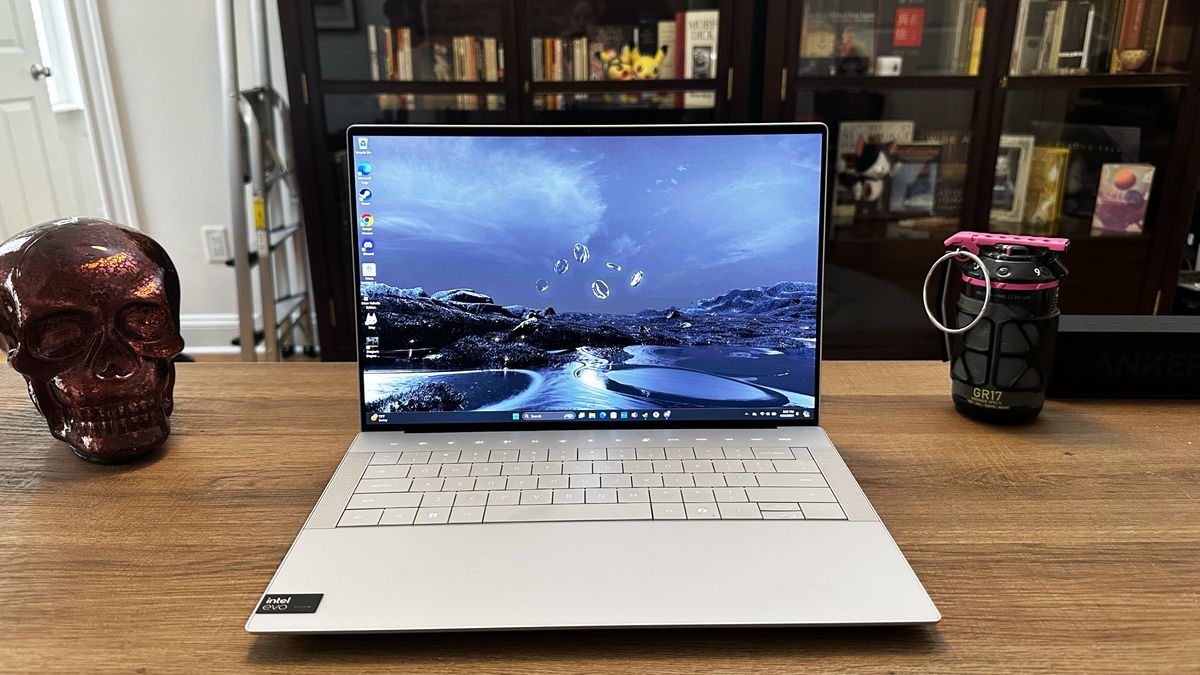
There might be affiliate links on this page, which means we get a small commission of anything you buy. As an Amazon Associate we earn from qualifying purchases. Please do your own research before making any online purchase.
It is widely accepted that people resist change.
Instead, people prefer to find security in familiar approaches to life–which makes sense from an evolutionary standpoint, considering humans once perceived new stimuli to be a threat to their safety.
The fear of the unknown has always had a huge impact on people’s decision making. And the fact that familiarity breeds comfort is all the more reason to stick to the things we know on a regular basis and not disrupt the norm.
So, when you see something new for the first time–like a new dish on a menu that you’ve never seen before–you’re likely to be a bit hesitant and apprehensive. What is this food? Where does it come from? What does it taste like? But if you’re continuously exposed to it–let’s say you see someone order the dish a few times and then you take a taste of it yourself– it leads to a greater familiarity and preference for whatever that thing is. This is known as the Mere Exposure Effect.
But what is the mere exposure effect and how can it impact us on an everyday basis? In this article, we will define the mere exposure effect and look at why it is important to recognize. Then, we will look at 5 examples of how this concept can impact your life.
First, let’s take a look at the definition of the phenomenon.
What Is the Mere Exposure Effect?
The mere exposure effect is one of the many mental shortcuts our brains use to make quick decisions. When presented with options, the mere exposure effect says our brains tend to favor whatever is familiar. The human mind likes to seek the path of least resistance, leading us to prefer recognizable stimuli. In other words, we become partial to things because we have experienced them before.
But why do we like to stick with what we know? There are several reasons:
Before the mere exposure effect became a known phenomenon, scholar Robert Zajonc observed that the initial exposure to a stimulus elicited a fear response in all organisms. However, with each subsequent exposure, less avoidance was observed, and interest began to pique. As exposure increased, so did one’s liking or preference to the formerly foreign stimulus.
Research has found time and time again that the mere exposure effect is a consistent experience that can’t be attributed to recognition memory or our interpretation of previous events. The effect has been identified among various cultures, species, and situations. And, researchers have found that this effect isn’t limited to one’s sense of sight–it also applies to sounds, tastes, feelings, and smells.
So why is this effect significant in our everyday lives?
First, the mere exposure effect can impact your ability to make informed, objective decisions. Sensible decisions are made by evaluating every option based on its potential outcome. This means that rather than defaulting to a familiar option in any given situation, it’s best to gather all of the necessary information to make the most educated choice.
When we stick with what we know, not only are we narrowing our perspective away from new ideas, we are also limiting our choices. While a familiar choice may be satisfactory, consider the opportunity cost of losing out on a valuable new experience that could enrich your life or your understanding of the topic at hand.
Now that you know how the mere exposure effect can impact you, let’s take a look at what this may look like in your everyday life.
5 Examples of the Mere Exposure Effect
1. Race and the Media
The mere exposure effect posits that people are more likely to adopt ideas that they’re repeatedly exposed to, and the media often casts actors and actresses in a way that fits in with common stereotypes, which can facilitate or solidify people’s adoption of these ideas. When used in the media, the mere exposure effect reinforces outdated social norms and stereotypes.
This can potentially be harmful, as it’s widely known that minority cultures are underrepresented in western media. And when minority populations are shown in the media, they’re often represented in ways that support stereotypes and racial prejudices. With limited exposure to different ethnicities, people can develop a skewed perception of different races and cultures if they have had limited real-life interactions with people from that culture.

However, increasing the presence of minorities in the media could result in positive behavioral responses in the face of an initial encounter of diverse people. Studies on race relations have actually reinforced the mere exposure effect by demonstrating that increased interracial contact can reduce prejudice.
When you consider the occurrences of the mere exposure effect in the media, it can often be considered a phenomenon that happens on a subconscious level, but the repetition and pattern of how actors are cast can certainly leave a lasting impact on any audience.
2. Popular Songs
Think about your favorite songs and how many times you’ve played them on repeat. Certain songs may help you relish in positive memories or reminisce with your friends. People love listening to familiar music and often avoid venturing out and listening to new songs unless they’re prompted to do so.
Radio stations have picked up on this and popularized new songs by sandwiching them between two recognizable songs to prevent listeners from switching stations. This tactic has led to songs like “Hey Ya!” to become familiar and therefore well-liked by listeners.
Listening to new music can introduce you to a different genre that you enjoy and that inspires you. Plus, listening to new music will give you a complete cognitive workout. Research has shown that listening to music has health benefits such as reducing anxiety, pain, and blood pressure, and improving mood, sleep quality, mental acuity, and memory.
To combat the mere exposure effect when listening to new music, incorporate some songs that you know into the mix to develop a connection with new songs and diversify your playlists.
3. In Marketing
Companies intentionally design advertisements to appeal to specific target audiences. One common tactic that brands often use is the depiction of families in their advertisements, because the idea of family is the most common ground among people worldwide. Therefore, using families in marketing can help create a sense of intimacy and help audiences instantly feel like the product being advertised is familiar and comfortable.
Big brands also use billboards as marketing techniques with the mere exposure effect in mind to help quickly capture consumers’ attention while they’re driving. Billboards need to be easy to read since they’re generally read while being passed at fast speeds, which means they typically only contain a few large phrases and a familiar logo. By capturing a consumer’s attention, brands are able to build familiarity with a product, so when the consumer is faced with choices while shopping, their decision will be influenced by the product they’ve seen before.
4. In Finances
When trading stocks, investors typically stick to domestic securities since they’re easily recognizable, even if they’re aware that international markets may offer more profitable alternatives. People feel comfortable keeping their money inside of their home country, while investing overseas feels more risky.
And this isn’t unique to Americans, Europeans invest mostly in European stocks and Canadians tend to put their money in Canadian stocks. But when you consider the international connections of the global economy, there is no financial rationality behind sticking to the familiar.
It’s good to consider the mere exposure effect when making investment decisions. Being aware of the tendency to favor stocks that are familiar can help remind you to do your research and look at your financial options objectively–because often, basing investment decisions on familiarity can hurt your returns in the long run. Because of this, it helps to look at reliable and objective information that may be unfamiliar to you before allocating your money into investments.
5. Interpersonal Relationships
People often say it’s easier to make friends as a child than it is as an adult. And the mere exposure effect provides an explanation for this. Children tend to see the same people every day at school–and likely sit next to the same people day in and day out as well. But in adulthood, our schedules are less consistent and we come into contact with a much wider variety of people every day.
Studies on the relationship between proximity and friendship have found that people who come into contact on a regular basis often become friends. You can probably think of a few people in your life that you often cross paths with whom you’ve grown to like–such as your mailman, people who work at your grocery store, or a close co-worker. And when you consider the origin of your relationship with your best friends, you will likely recall that you became close friends through repeated contact, which demonstrates how the mere exposure effect operated to gradually build a mutual liking for each other the more time you spent together.

You can use the mere exposure effect to your advantage when it comes to your social life or when trying to build your professional contacts. In our evolutionary past, people had a higher likelihood of surviving an interaction if it was with someone they previously determined wasn’t a threat. So while people may be hesitant to interact with you the first time they see you, if you position yourself for repeated exposure, their liking of you will naturally increase as they determine–evolutionarily speaking–that you don’t pose a threat.
You can use the mere exposure effect to your advantage by scheduling regular activities with people to generate a sense of camaraderie through familiarity.One interesting thing about this phenomenon is that mere exposure is effective with personal relationships even if you’re not interacting with the other person or people. By simply seeing your face on a regular basis, a sense of fondness can grow, therefore allowing you to naturally form personal relationships. And, the more you are exposed to someone, not only will their liking for you increase, your liking for them will do the same.
Finally, the mere exposure effect also applies to romantic relationships. This phenomenon can explain a key factor that initiates an attraction between people. One study found that 38% of married people fell in love after repeatedly seeing each other at work, in school, at church, or in other mutually familiar places.
What’s more, the study demonstrated a positive relationship between the number of interactions between people and their level of attraction. Continued exposure between two people can affect their decision making and impact their feelings towards each other.
How to Avoid the Mere Exposure Effect
Sometimes the most effective decisions are geared toward things that are unfamiliar to us. And, sticking with what we know prevents us from growing or experiencing new ideas and points of view. This can be limiting in life when making future decisions with a narrowed perspective. Taking a proactive approach by recognizing the value of unexplored experiences and diversity could limit the frequency of our exposure to any one stimulus.
On a larger societal scale, the consequences of the mere exposure effect can be more severe. Companies often stick with their current business models because it’s how “things have always been done”. But without being willing to explore new options, companies can miss out on critical organizational and technological updates and therefore fall behind in an environment of evolving business practices.
Similarly, academic programs that have been created around potentially outdated schools of thought may continue to be affected by the mere exposure effect and neglect to explore the significant conclusions that modern or dissenting theories highlight.
Having awareness that the mere exposure effect can enforce societal norms that often need to be revised is the first step to overcoming this potentially limiting school of thought. Don’t limit your preferences to certain things simply because it’s familiar. Instead, take a proactive approach by recognizing the value of new experiences. By seeking out unfamiliar adventures, you may limit the impact that the mere exposure effect may have on you.
Final Thoughts on the Mere Exposure Effect
The mere exposure effect is one of the most impactful psychological effects in our decision making processes. In this article, we learned what the mere exposure effect is, how it may impact us in our everyday lives, and why it’s important to be aware of it.
Hopefully you’re able to see how you can use the mere exposure effect to your benefit. To learn about more cognitive biases that can impact your decisions and behavior, check out this article for a list of common biases many people have.

Connie Mathers is a professional editor and freelance writer. She holds a Bachelor’s Degree in Marketing and a Master’s Degree in Social Work. When she is not writing, Connie is either spending time with her daughter and two dogs, running, or working at her full-time job as a social worker in Richmond, VA.








